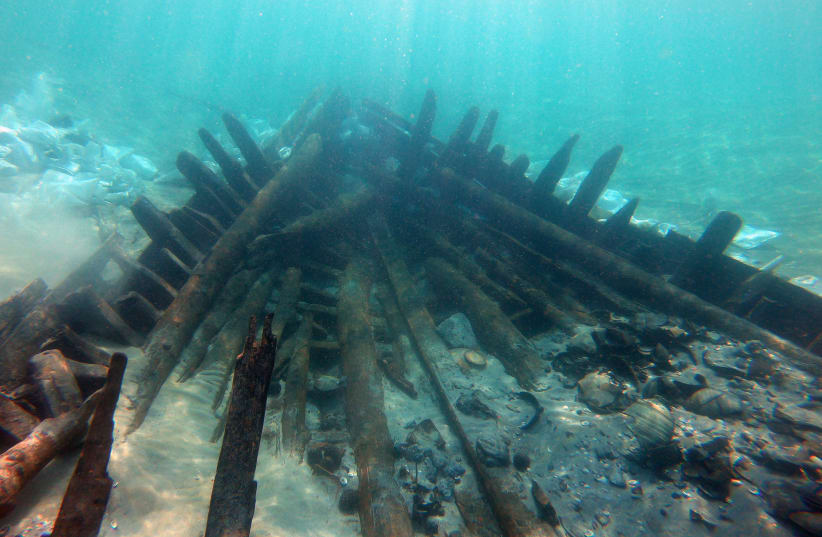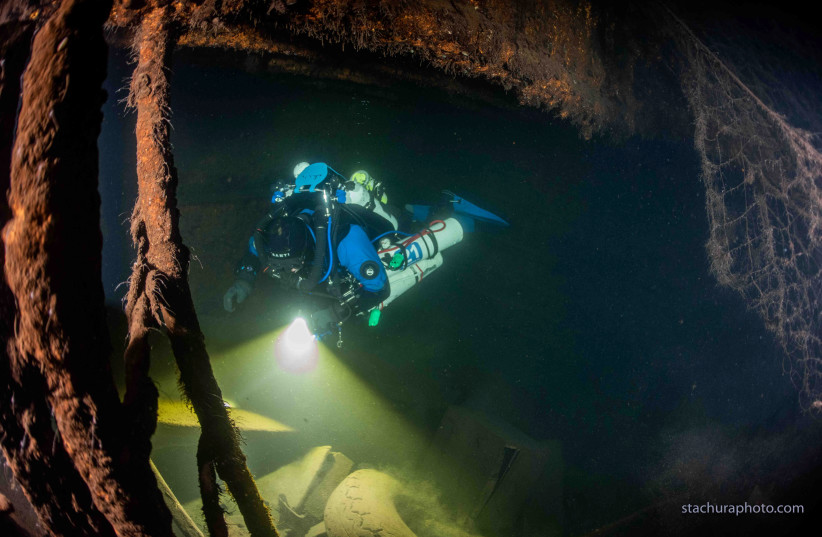A shipwreck, previously only known as the "Unknown Wreck off Eastbourne," was recently identified as the 17th-century Dutch warship Klein Hollandia, Historic England announced on its website.
After a year of intensive research, specialists from Historic England, the Cultural Heritage Agency of the Netherlands and the Nautical Archaeology Society succeeded in identifying the shipwreck, which lies 32 meters under the water off the English coast.
A glimpse into the past
"The identification of the 'Klein Hollandia' offers a glimpse back into the seventeenth century, giving us a chance to learn more about the maritime history of this period and to uncover treasures that have been underwater for hundreds of years.
"I am very pleased that thanks to this partnership between the UK and the Netherlands, we have been able to solve some of the mysteries linked to this wreck – and to protect it for future generations to continue to research," English Heritage Minister Lord Parkinson of Whitley Bay said.
According to the Nautical Archaeology Society, the wreck was discovered in 2019 and considered important enough that it was granted the highest level of protection under the Protection of Wrecks Act 1973. This means that only licensed divers are allowed to dive to the site of the ship wreck.
Two years later, NAS divers discovered damage to the site which led to a joint decision by the RCE and Historic England to support further investigation of the wreck.
The Klein Hollandia was sailing from the Mediterranean to the Netherlands in 1672, when it was attacked and badly damaged by an English squadron of warships. The attack was part of the third Anglo-Dutch War, part of a series of mainly naval conflicts between 1652 and 1784 fought over trade and overseas colonies, CBS News reported.
At the time it sank, the ship carried luxury items like Italian marble tiles and pieces of Italian pottery, which helped with the identification of the wreck.
"From our very first dive on the wreck, back in April 2019, we have been fascinated by the range of material on the seabed. The impressive amount of wooden hull structure, the ship's cannons, the beautifully cut marble tiles, as well as the pottery finds, all point towards this being a Dutch ship from the late 17th century coming back from Italy. Now, after four years of investigation and research, we can confidently identify the vessel," the CEO of the Nautical Archaeology Society Mark Beattie Edwards said.
"With maritime archaeological and cultural-historical research into shipwrecks like the 'Klein Hollandia', stories as well as tangible remains come to the surface. This provides valuable knowledge and important insights in the shared history of our seafaring nations. What we’ve learned about this specific shipwreck, provides input for the general debate about our past and current issues in the present," Dutch State Secretary for Culture and Media Gunay Uslu added.
"Without responsible management, wrecks like these will disappear. Therefore international collaboration with partners like the United Kingdom is important and highly appreciated; it helps us to actively preserve valuable maritime heritage for current and future generations."

